Was white, as were all French Headquarters Flags. Within the last quarter-century, research as shown the flag was not plain white. There were Fleur-de-lis in the corners with the royal arms in the center. Rochambeau was the French King’s Commander-In-Chief in America.
Flag of the Commander-in-Chief’s Guard
Washington’s personal bodyguard, organized in 1776 and comprised of a Battalion of 180 men first made up of Virginia Continentals and later soldiers from all colonies. The original flag was owned by George Washington Parke Custis.
The Deux-Ponts Regiment Flag
The Deux-Ponts Regiment was from the Saar and not from France proper. Its personnel were Bavarians of the Palatinate. It was commanded by Count Deux-Ponts at Yorktown. Lt. Col. Viscount De Deux-Ponts of this regiment commanded the attack on redoubt No. 9 with his troops and those from the Gatinois Regiment.
Third New York Regiment Flag
This regiment was organized by Colonel Gansevoort after the Canadian expedition in 1776. The regiment held the Mohawk Valley and was one of the continental regiments that moved to Yorktown. The flag was the basis for the current New York state flag. The motto “Excelsior” means “Higher” or “loftier”.
Eutaw Flag
Of Colonel William Washington’s Cavalry. Believed to have been carried Colonel Washington in 1781 at Cowpens and Eutaw Springs in personal encounter with Tarleton. Legend says the flag was hastily made by a lady admirer of Washington from a damask curtain. Presented by H. Marston Smith.
The Naval Privateer Flag
Used by American privateers during the War for Independence. Sometimes, instead of the 13 alternate orange and black stripes, the colours were yellow and white. Presented in memory of the Rev. James Fitzhugh Ferneyhough by a group of his friends.
Light Horse Harry Lee’s Light Dragoons Guidon
First carried by Lee’s Legion in the Southern Campaign in 1781 and continued in use after Yorktown until 1782. This cavalry flag is much smaller than the other Colours because it was carried by a man on horseback. Presented by Harry H. Augustine, Jr.
Standard of Pulaski’s Legion
This banner was made by Moravian nuns of Bethlehem, Pennsylvania, and presented to Colonel Casimir Pulaski in 1778 when he organized an independent corps of 68 horse and 200 foot soldiers at Baltimore. Pulaski bore this banner gallantly through many a campaigns until he was mortally wounded at Savannah, on October 9, 1779. His adjutant, though wounded himself, returned the banner to Baltimore where it is preserved at the museum of the Maryland Historical Society. Presented by Mr. and Mrs. Frank M. Galleher, Jr., and their three sons in memory of her father, Judge W. Moscoe Huntley, a former president of the society.
Pine Tree Flag
Also known as the New England Pine Tree Ensign, this flag was generally used on ships in 1776 and is believed to be one of the flags flown by Commodore Ezek Hopkins, Commander-in-Chief of the Continental Navy. The original is preserved at the United States Naval Academy. Presented by Nathaniel T. R. Burgwyn and Dr. Collinson P. E. Burgwyn in memory of their sister, Emily Burgwyn Sneed.
The Rattlesnake Flag
Usually known as the Ensign of the South Carolina Navy., This flag is believed to have been designed by Colonel Gadsden of South Carolina, in 1776, for the Commander-in-Chief of the Continental Navy. It was also used by various units of the American Army during the Revolution. Captain Gustavus Conyngham flew this flag on his vessels, the Surprise and the Revenge in his successful attacks on British commerce in 1777. The original flag did not survive. Presented by Robert Bolling Lancaster in memory of his ancestor, Captain Robert Bolling.
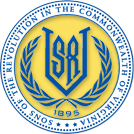

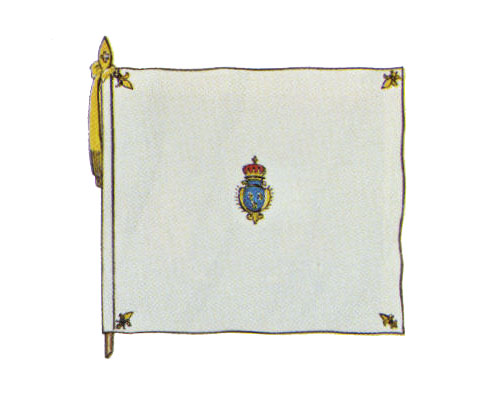
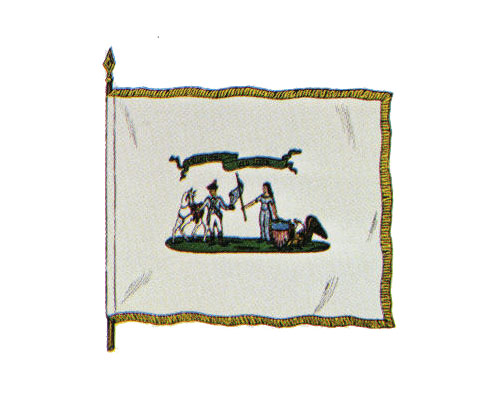
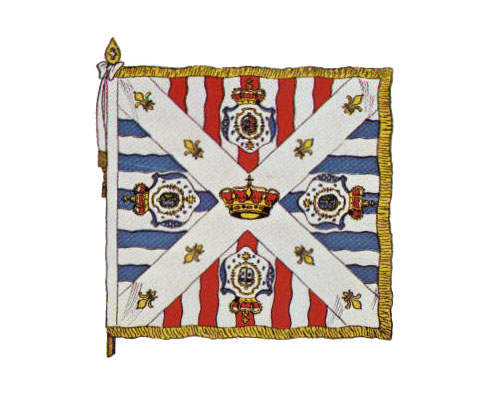
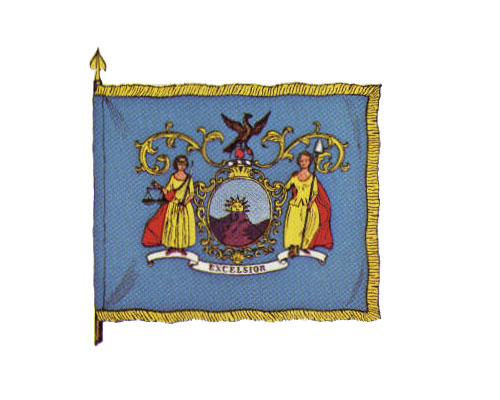
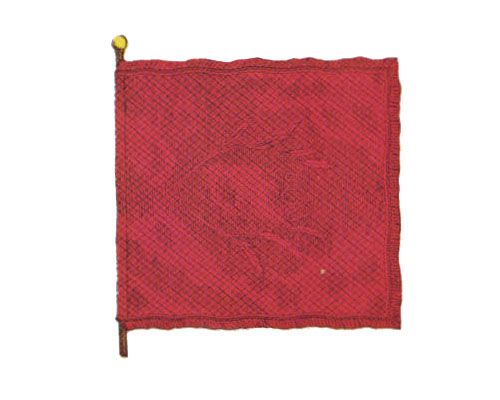
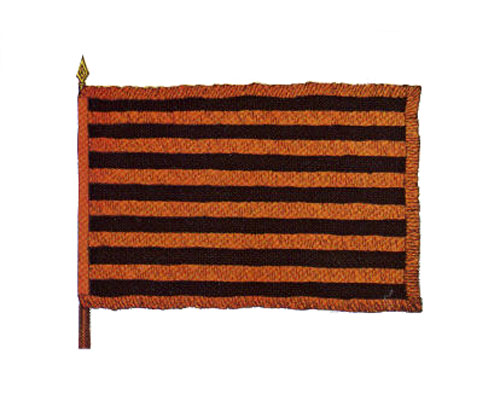
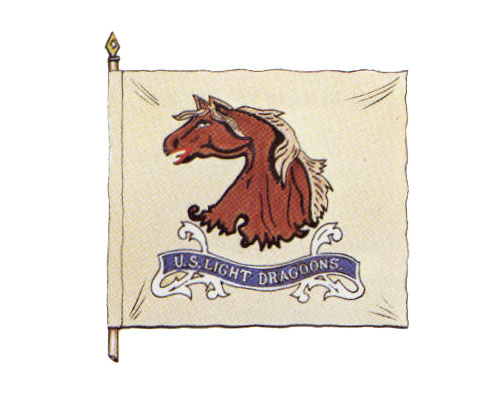
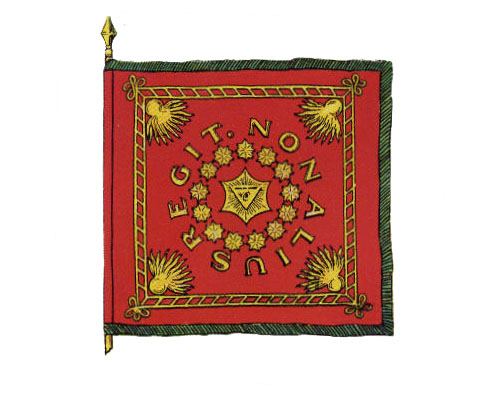
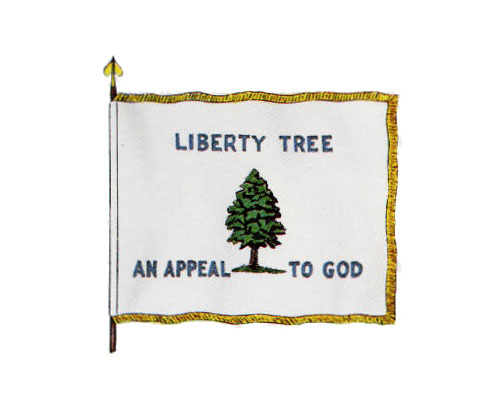
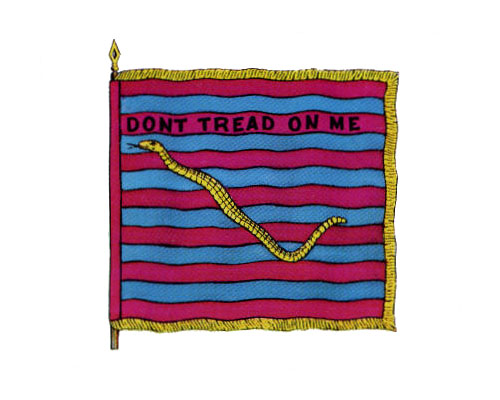
Recent Comments